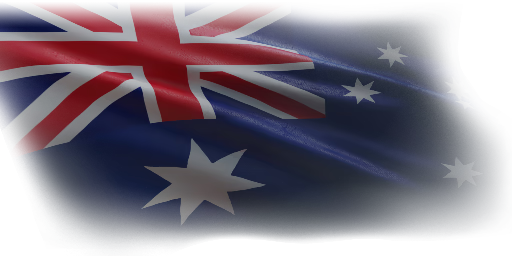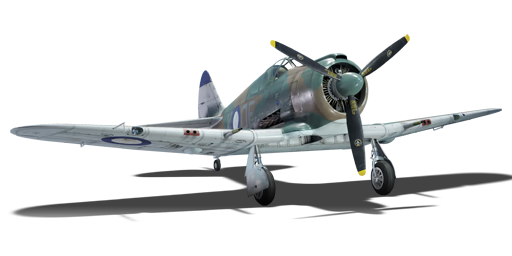



The CAC CA-13 Boomerang Mk II was an improved version of the CAC CA-12 Boomerang fighter aircraft produced by Australia during World War II. Compared to its predecessor, the CA-13 featured numerous improvements, most notably its revised electrical systems as well as provisions for a small payload of bombs. The CA-13 was used alongside its predecessor, the CA-12, as a deterrent against Japanese bombers, though it remained incapable of intercepting them due to its slow speed. After American-supplied P-40 Kittyhawks became widely available by 1943, all of the Boomerangs were relegated to ground attack roles. In total, 95 Boomerang Mk IIs were built and would serve until the end of World War II in 1945.
The Boomerang Mk II has been in the game since the start of the Open Beta Test prior to Update 1.27. The main difference between the Mk II and its predecessor in-game is its provision of a pair of 250 lb bombs. The Boomerang can out-turn almost any plane it usually faces, save for most Japanese fighters. While it can excel in its intended role, the Boomerang lacks ammo for the 20mm autocannons, therefore trigger discipline is vital when taking out air targets. On the other hand, the plane has a huge amount of ammo for its .303 machine guns, making it ideal for mopping up light ground targets. The main downsides of the Boomerang are that it is rather slow when compared to other aircraft of its tier. Keep in mind that low-altitude fighting is this aircraft’s strength, and the Boomerang will perform nicely.
flaps
flaps
flaps
brake
| Belt | Belt filling | Armor penetration (mm) at a distance: | |||||
|---|---|---|---|---|---|---|---|
| 10 m | 100 m | 500 m | 1000 m | 1500 m | 2000 m | ||
| HEI/SAP-I/T | 22 | 20 | 14 | 9 | 6 | 4 | |
| AP-T/HEI/SAP-I | 37 | 35 | 25 | 16 | 10 | 7 | |
| T/HEI/SAP-I/HEI/SAP-I | 22 | 20 | 14 | 9 | 6 | 4 | |
| AP-T/T/HEI | 37 | 35 | 25 | 16 | 10 | 7 | |
| AP-T/SAP-I/HEI/AP-T | 37 | 35 | 25 | 16 | 10 | 7 | |
| HEI/HEI/SAP-I | 22 | 20 | 14 | 9 | 6 | 4 | |
| Belt | Belt filling | Armor penetration (mm) at a distance: | |||||
|---|---|---|---|---|---|---|---|
| 10 m | 100 m | 500 m | 1000 m | 1500 m | 2000 m | ||
| T/AP/AP-I/Ball/Ball/I | 13 | 12 | 7 | 3 | 2 | 0 | |
| T/AP/AP-I/AP-I/I | 13 | 12 | 7 | 3 | 2 | 0 | |
| IT/AP-I | 13 | 12 | 7 | 3 | 2 | 0 | |
| AP-I/AP-I/I | 13 | 12 | 7 | 3 | 2 | 0 | |







 2 x (55 / 165 / 240) %
2 x (55 / 165 / 240) % 
 2 x 130 %
2 x 130 % 

Flight performance | |
|---|---|
Survivability |
|---|
Weaponry | |
|---|---|